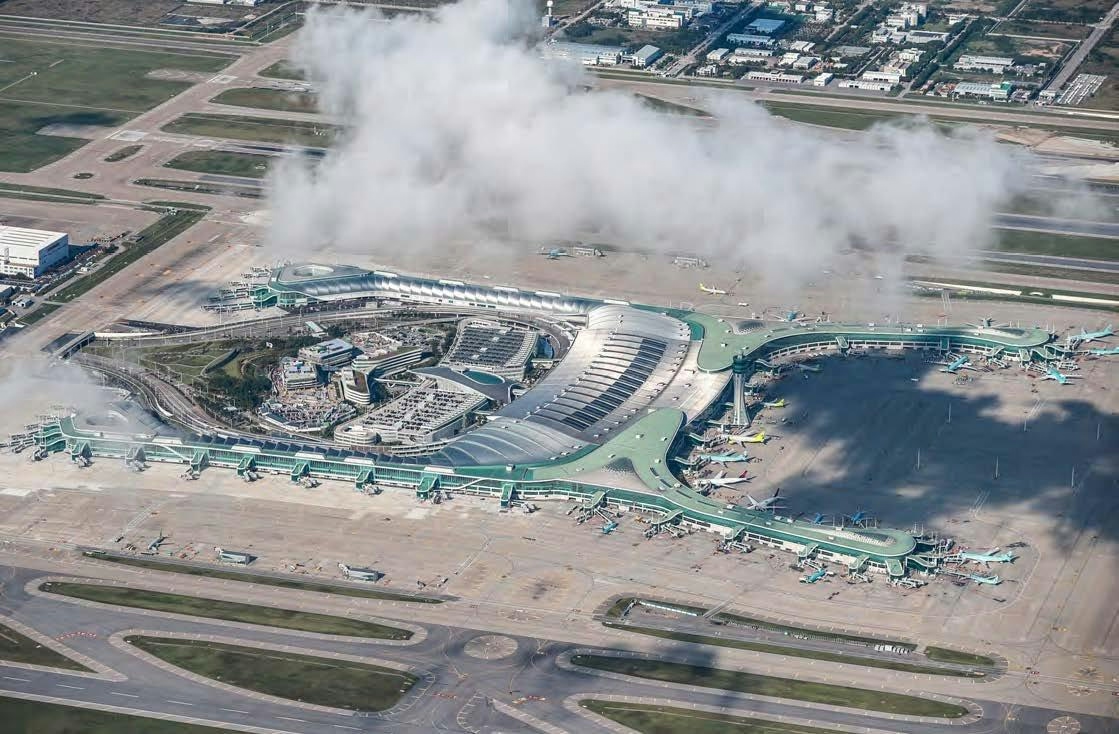
AeroGenie — 您的智能副驾驶。
热门趋势
Categories
TAAG Angola Airlines Receives First Boeing 787-10

TAAG Angola Airlines Receives First Boeing 787-10
TAAG Angola Airlines has taken delivery of its first Boeing 787-10, becoming the first African carrier to operate the largest variant of the Dreamliner family. The aircraft, registered as D2-TES and powered by GEnx engines, arrived in Luanda on November 10, coinciding with Angola’s National Day and the 50th anniversary of the country’s independence.
Fleet Modernization and Configuration
The new 787-10 is configured in a dual-class layout, accommodating 367 passengers with 24 seats in business class and 343 in economy. This aircraft complements two 787-9s introduced earlier this year, marking a significant milestone in TAAG’s ongoing fleet modernization program. The airline anticipates the arrival of a second 787-10 as part of its 2023 order, supported by approximately $297 million in financing secured from the Export Bank of the United States (EXIM) in July. This funding covers the acquisition of both aircraft and their engines.
With the introduction of the 787-10, TAAG has retired its three Boeing 777-200ERs, positioning the national carrier to expand its network with potential new routes to Europe, Asia, and North America. The modern Dreamliner is expected to enhance passenger comfort and operational efficiency, thereby increasing interest in TAAG’s services.
Operational Challenges and Competitive Landscape
Despite the advantages, integrating the 787-10 into TAAG’s operations presents several challenges. These include adapting maintenance procedures, managing operational costs, and ensuring crew readiness for the new aircraft type. Additionally, TAAG faces intensified competition from both regional and international carriers. Airlines such as Royal Jordanian and Air Astana, which are also expanding their Boeing 787 fleets, may respond by upgrading their services or broadening their route networks to maintain a competitive edge.
Broader industry dynamics may also influence TAAG’s strategic decisions. Boeing’s ongoing efforts to expand 787 assembly and progress in certifying the next-generation 777X could affect aircraft supply and production timelines, potentially impacting future fleet planning for airlines worldwide.
As TAAG Angola Airlines advances its modernization efforts, the successful integration of the 787-10 will be pivotal in strengthening its market position and supporting its ambitions for international growth.
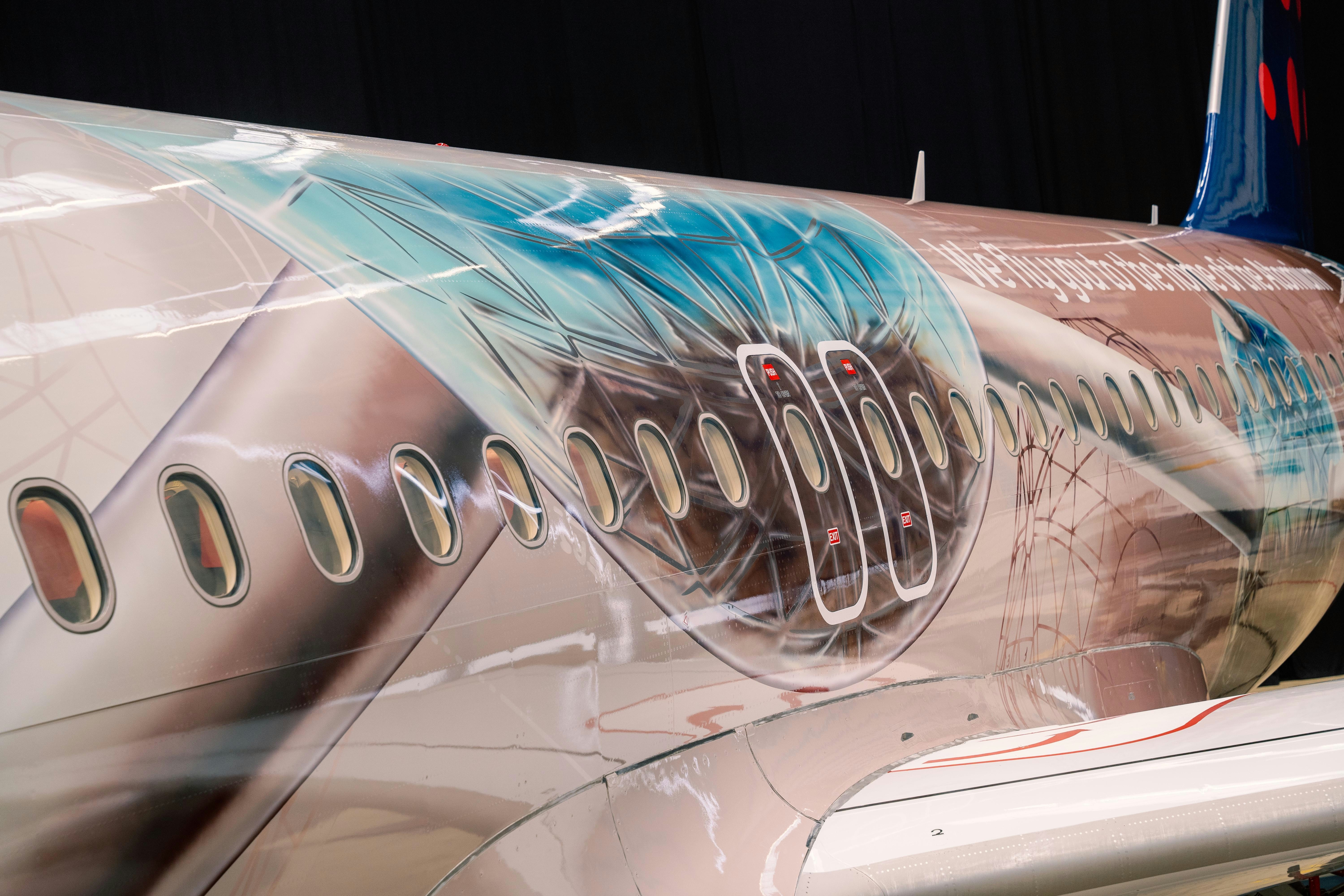
Passing the Baton: Hamburg Aviation Enters a New Era of Innovation

LA Olympics to Use Air Taxis for Transporting VIPs, Fans, and Staff
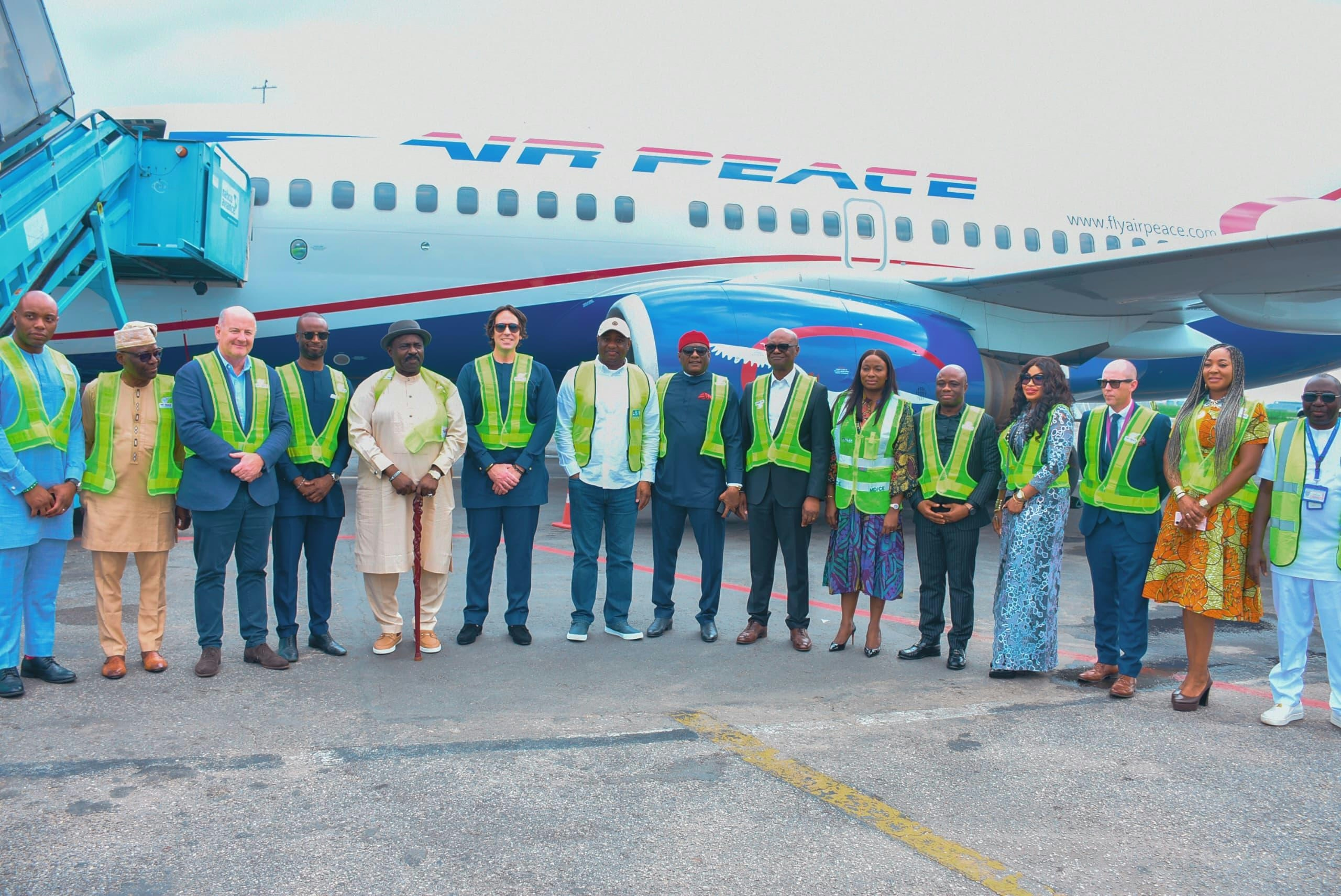
Air Peace’s Dry-Lease Agreement Aims to Improve Nigeria’s Tourism Access
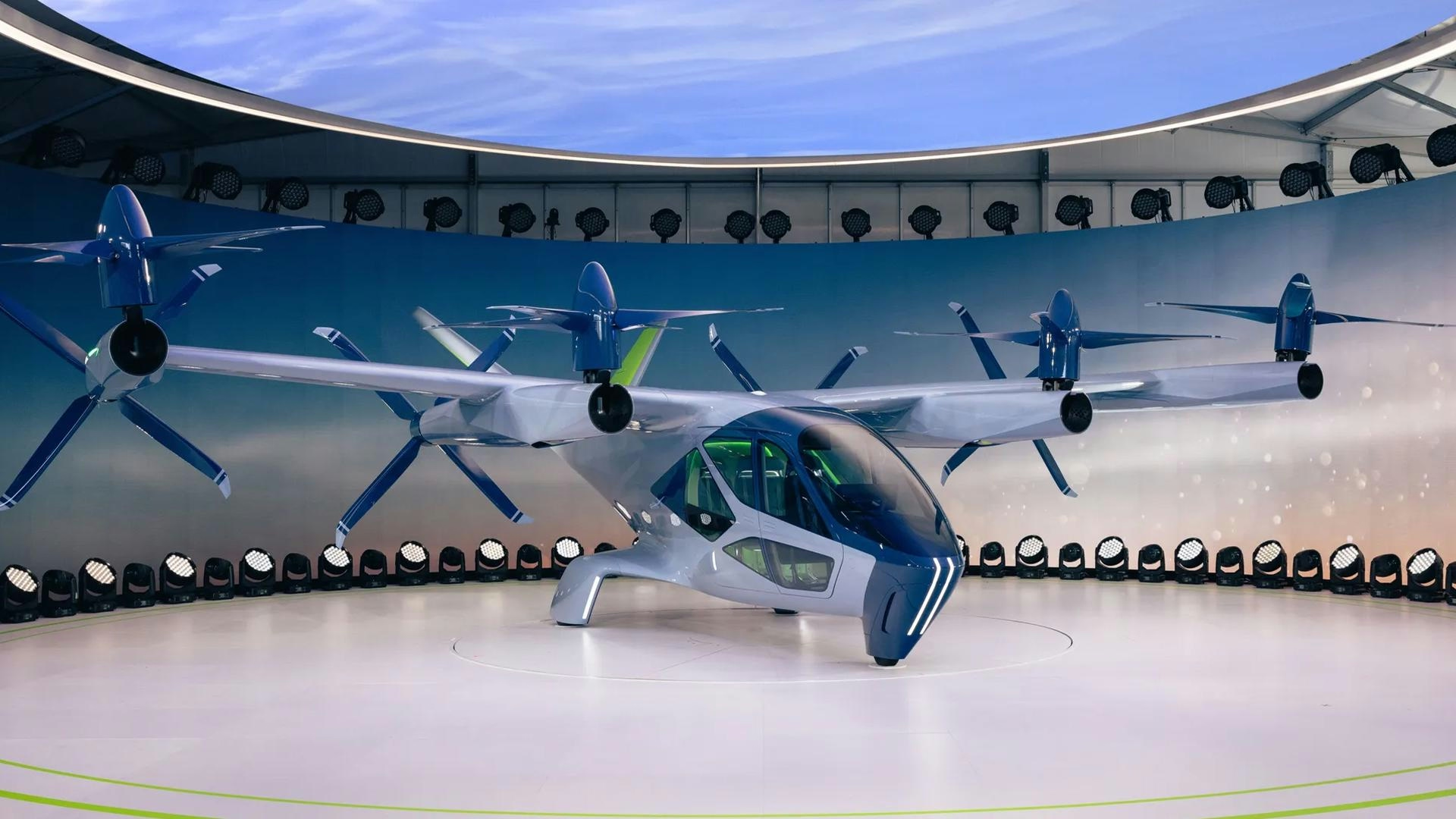
Flying Taxis and the Future of Urban Air Mobility
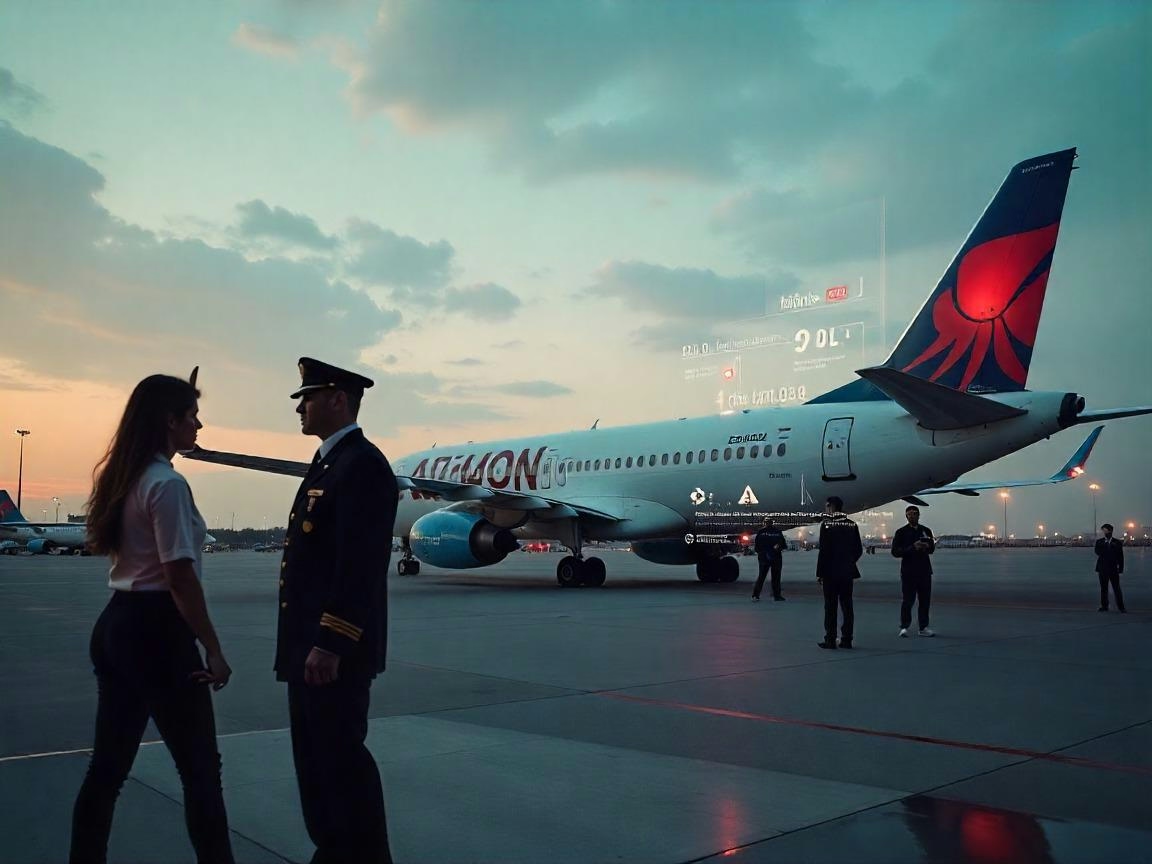
Avion Express Investigates Pilot Allegedly Using Forged Credentials as Captain

Titan Aviation Leasing Sells 737-800 Freighters

VIEWPOINT: The Limits of Dignity in AI and Automation
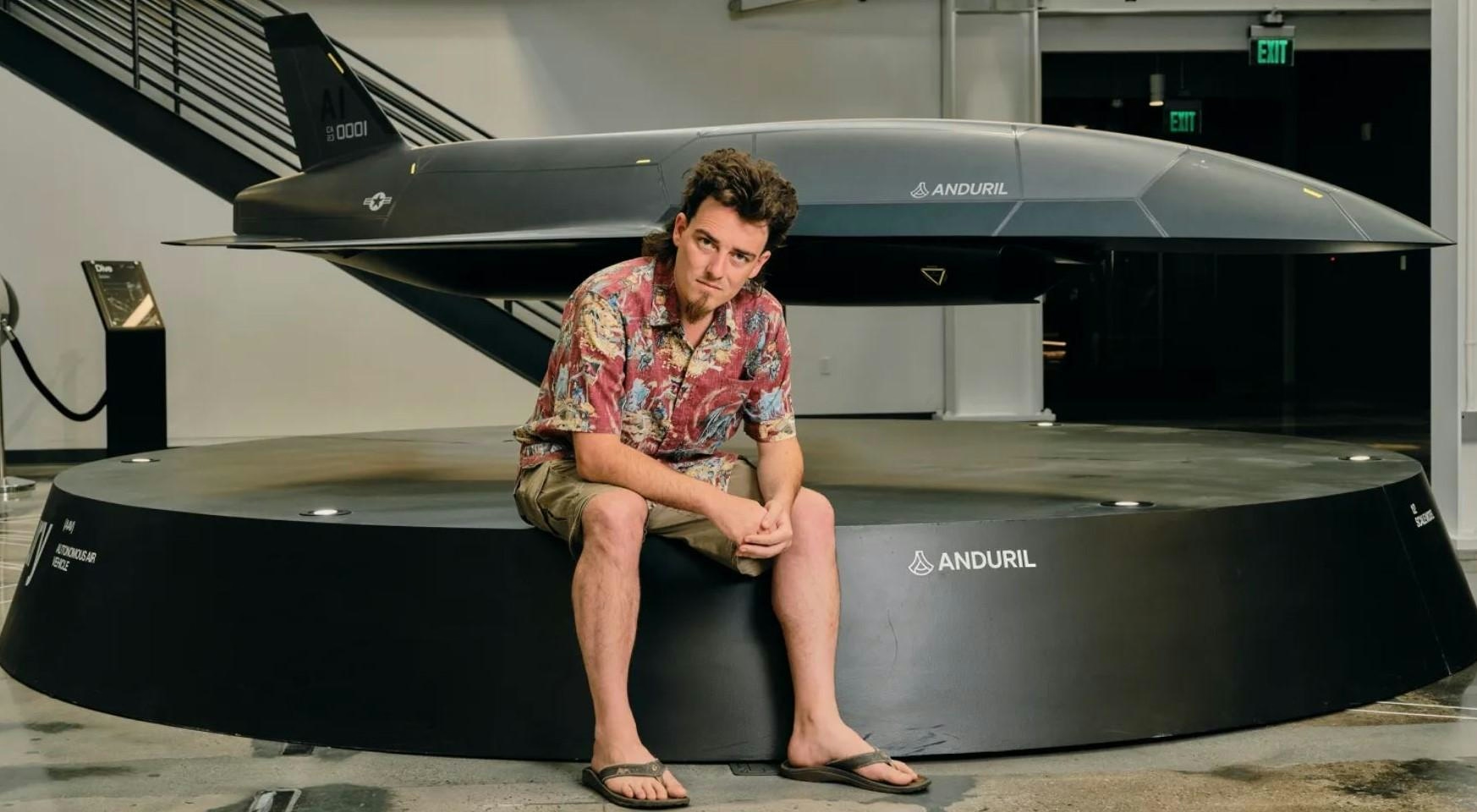
‘Fury’: The AI-Driven Drone Transforming U.S. Military Aviation

Amperity’s AI Enhances Personalization in Travel for Hotels and Airlines
